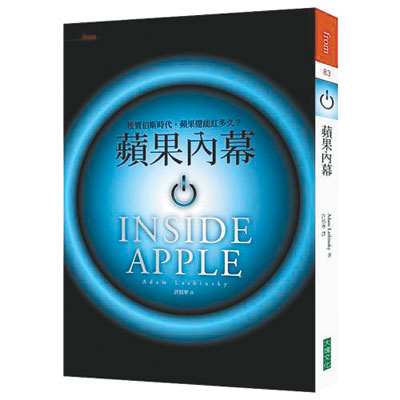
Fortune senior editor at large Adam Lashinsky wonders if the success of Apple can be copied or continued following the death of Steve Jobs.
The author writes clearly and efficiently* but is repetitive* in his analysis of this secretive cultural giant.
“For years it was an article of faith in Silicon Valley that Apple should not be emulated*,” he writes. His narrative singles out Jobs’ entrepreneurial philosophy and the company’s remarkable post-1997 trajectory* — when it first revolutionized personal computing, then introduced the iPod and iPhone — in trying to discuss such a strategy.
One problem, as Lashinsky writes, is the company’s cultivated lack of transparency*.
The basic story of Apple’s revival is well known: After Jobs left his own company due to a corporate struggle, it declined* rapidly in the Internet era. His return in 1997 ushered in* a season of risky corporate paring-down*, followed by a string of* successes.
Jobs introduced compartmentalization* and hyper-competitiveness to every aspect of the company. For example, his annual “Top 100” meetings were pointedly exclusionary*. Apple as a workplace is portrayed as nearly monastic* in employees’ willingness to sacrifice* their personal lives.
Lashinsky describes Jobs’ successor Tim Cook as “a Mr. Fix-it who blended in but didn’t take no for an answer.”
This book is a thorough but flawed* attempt to penetrate* a corporate icon’s blank white shell.(SD-Agencies)
|

